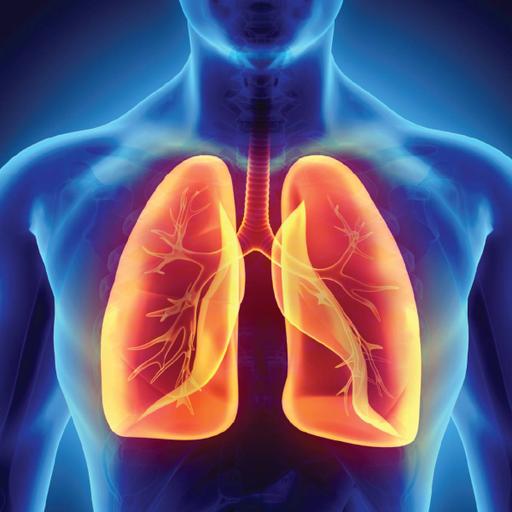Respiration
Presentations | English
In physiology, respiration is the movement of oxygen from the outside environment to the cells within tissues, and the removal of carbon dioxide in the opposite direction. Glucose molecules and oxygen are the two main raw materials involved in the cellular respiration process. Cellular respiration is a set of metabolic reactions, which occurs inside the living cells. The muscles of respiration are those muscles that contribute to inhalation and exhalation, by aiding in the expansion and contraction of the thoracic cavity. The diaphragm and to a lesser extent, the intercostal muscles drive respiration during quiet breathing. Respiration is assessed for quality, rhythm, and rate. The quality of a person’s breathing is normally relaxed and silent. Healthcare providers assess use of accessory muscles in the neck and chest and in-drawing of intercostal spaces (also referred to as intercostal tugging), which can indicate respiratory distress.

9.75
Lumens
PPTX (39 Slides)
Respiration
Presentations | English
